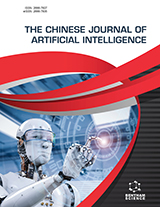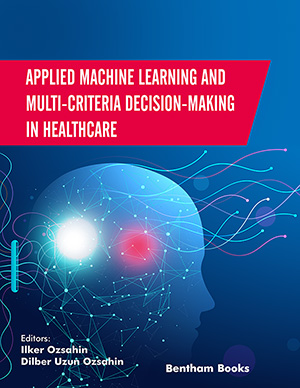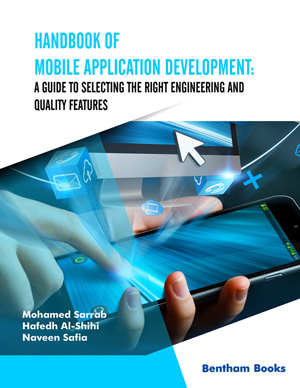Abstract
One of the greatest issues confronting the globe now is the pandemic disease
calamity. Since December 2019, the world has been battling with COVID-19
pandemic. The COVID-19 crisis has made human life more difficult. Decision-making
systems are urgently needed by healthcare institutions to deal with such pandemics and
assist them with appropriate suggestions in real-time and prevent their spreading. To
avoid and monitor a pandemic outbreak, healthcare delivery involves the use of new
technologies, such as artificial intelligence (AI), the internet of things (IoT) and
machine learning (ML). AI is reshaping the healthcare system to tackle the pandemic
situation. AI is the science and engineering of creating intelligent machines to give
them the ability to think, attain and exceed human intelligence. The advancement in the
use of AI and IoT-based surveillance systems aids in detecting infected individuals and
isolating them from non-infected individuals utilizing previous data. By assessing and
interpreting data using AI technology, the IoT-based system employs parallel
computing to minimize and prevent pandemic disease. In a pandemic crisis, the ability
of ML or AI-based IoT systems in healthcare has provided its capacity to monitor and
reduce the growth of the spread of pandemic disease. It has even been shown to reduce
medical expenditures and enhance better therapy for infected individuals. This chapter
majorly focuses on the applications of AI-based IoT systems in tracking pandemics.
The ML-based IoT could be a game-changer in epidemic surveillance. With the proper
implementation of proposed inventions, academicians, government officials and
experts can create a better atmosphere to tackle the pandemic disease.






















